Mar 18, 2025 3:00 PM
A Love Supreme at 60: Thoughts on Coltrane’s Masterwork
In his original liner notes to A Love Supreme, John Coltrane wrote: “Yes, it is true — ‘seek and ye shall…
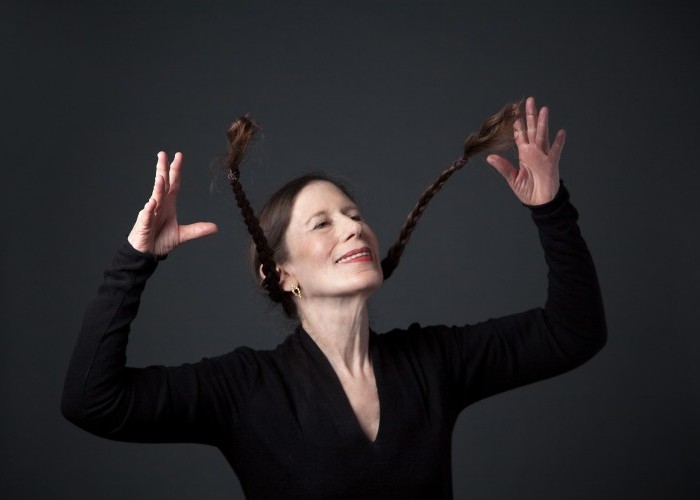
Vocalist Meredith Monk says she’s blessed to be “discovering new things and new ways of producing sound and new ways of putting music together that are very complex little forms” after a decade’s long career.
(Photo: Christine Alicino)But a lot of the other pieces have not been recorded. Have they then been notated and transcribed for this performance in some way?
Yes. Michael Gordon did the arrangement for a piece called Spaceship. Ken Thomson did the arrangement for a piece called Migration. Memory Song with Julia’s arrangements. The first time that I ever worked with Bang on a Can, it was in the late ’90s. So, that was really, in a way, the beginning of this project that will culminate in these performances. It’s exciting to hear them again in a new way with more of an instrumental aspect added onto the vocal.
When they were written and performed strictly for vocals, did you have scores written out for them?
They were sloppy little things. [laughs] But they were all scored out in one way or another. Because even in those days, like The Games, I had six main characters and then a chorus of 12. Two keyboards. There were two violins. There were different kinds of bagpipes. A shawm, which is a medieval instrument. So, it was a much smaller instrumental force. Some of these pieces sound wonderful with the arrangements and more instruments in there. They really profit from that.
With any of these works, do you leave yourself room for improvisation?
You know, the forms are very precise. They’re very meticulously made. But in a number of pieces, especially the vocal parts where my ensemble members—and we’ve worked together for 20 years or more—there are certain places where, particularly rhythmically, we could play with the material. It’s still in a very small parameter, but we can play with the rhythmic aspect and some of the phrasing within the form. My work is always like that: It’s a combination of discipline and freedom.
I was curious about that, especially in terms of revivals of your work that have been happening recently. Atlas, for example, was taken on by the L.A. Philharmonic.
That was a major undertaking. Because that was teaching a group of 18 singers a completely new way of dealing with the voice that a lot of them have never experienced. It was really teaching them not only the music, phrase by phrase, but also teaching them different ways of producing sound. And also different ways of thinking about the voice and its relationship to the body.
Have you always wanted your work to be living documents, to be able to change and evolve with the times and whoever is performing them?
I’m dealing with this now because, in some ways, I feel like my music is more like jazz. It’s so viscerally-based.
I feel the forms are very meticulous and precise, but I always think that people can really swing with the material and play with the material and have that kind of playful immediacy. I feel the work lives more.
The only thing that becomes very difficult with something like Atlas is that you have an orchestra that is used to playing what’s in front of them. Unless you have a long rehearsal period—or the more labor intensive rehearsal periods that I have making a piece—it’s hard for them to take the courage to do that and not go too far. It’s a very hard middle ground. I’ve heard people that, in a way, don’t understand the parameters or where each piece lives. Then it just doesn’t have any relationship to the emotional world of that song, or the sonic world of that song. And that doesn’t work. But when people just try to reproduce, particularly my solos, what I do, that doesn’t work either.
I’m dealing with that now. Really struggling with that. What can I pass on? What shouldn’t be passed on? Because I have the recordings and you can pass on notes, but it’s very difficult to pass on a psychic state to somebody else.
And I imagine that actually being able to transcribe some of the sounds that you or your ensemble make can be difficult to translate to the page.
It really is. The way I went with [music publishers] Boosey & Hawkes when I began to work with them is: Let’s just take it piece by piece. Some of the pieces are easier to notate, like some of the choral pieces. You can look at the page and get an idea of the piece. But some pieces really shouldn’t be passed on that way, unless it’s a combination of a score and then what I’d call a “guardian” of the piece. A teacher that would come in and really teach the oral tradition to whoever’s performing it. I think my music needs that direct transmission.
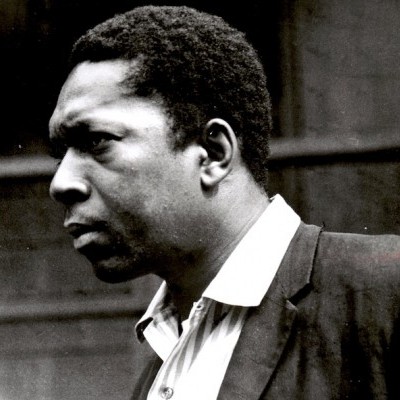
“This is one of the great gifts that Coltrane gave us — he gave us a key to the cosmos in this recording,” says John McLaughlin.
Mar 18, 2025 3:00 PM
In his original liner notes to A Love Supreme, John Coltrane wrote: “Yes, it is true — ‘seek and ye shall…
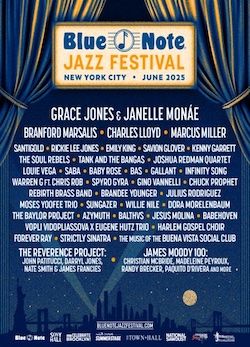
The Blue Note Jazz Festival New York kicks off May 27 with a James Moody 100th Birthday Celebration at Sony Hall.
Apr 8, 2025 1:23 PM
Blue Note Entertainment Group has unveiled the lineup for the 14th annual Blue Note Jazz Festival New York, featuring…
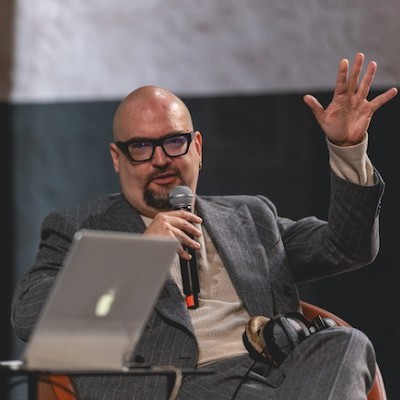
“I’m certainly influenced by Geri Allen,” said Iverson, during a live Blindfold Test at the 31st Umbria Jazz Winter festival.
Apr 15, 2025 11:44 AM
Between last Christmas and New Year’s Eve, Ethan Iverson performed as part of the 31st Umbria Jazz Winter festival in…
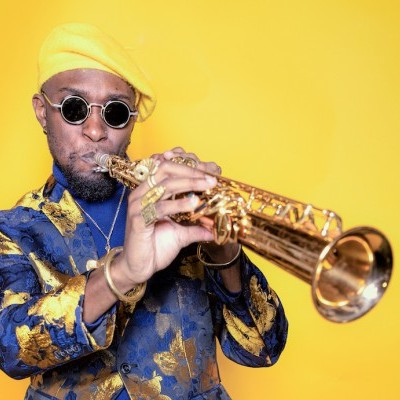
“At the end of the day, once you’ve run out of differences, we’re left with similarities,” Collier says. “Cultural differences are mitigated through 12 notes.”
Apr 15, 2025 11:55 AM
DownBeat has a long association with the Midwest Clinic International Band and Orchestra Conference, the premiere…
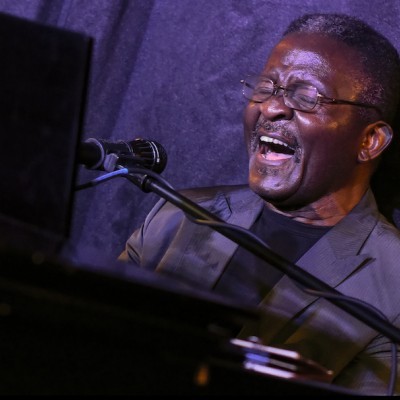
“It kind of slows down, but it’s still kind of productive in a way, because you have something that you can be inspired by,” Andy Bey said on a 2019 episode of NPR Jazz Night in America, when he was 80. “The music is always inspiring.”
Apr 29, 2025 11:53 AM
Singer Andy Bey, who illuminated the jazz scene for five decades with a four-octave range that encompassed a bellowing…